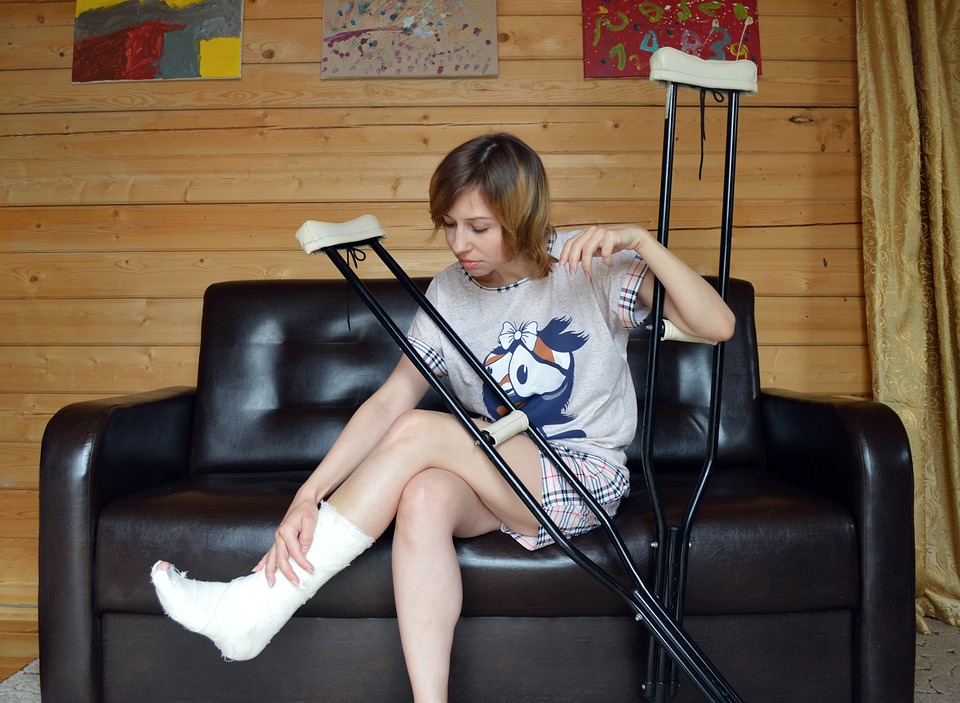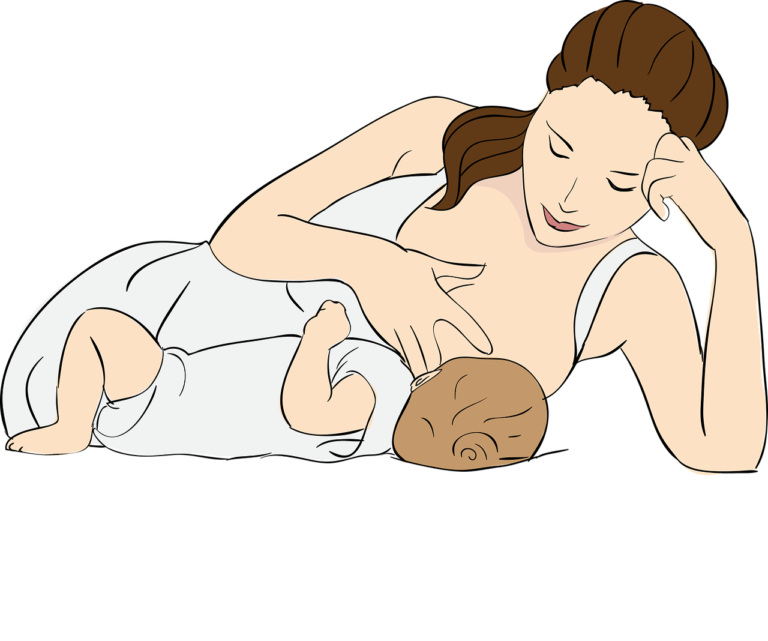Book Appointment Now

Treating Broken Toes Without Limiting Mobility
In trauma and acute care nursing, managing injuries like broken toes is critical, especially when aiming to minimize disruptions to the patient’s mobility. Broken toes, or phalangeal fractures, are common injuries that can significantly hinder daily activities if improperly treated. Nurses play a pivotal role in ensuring these injuries are managed effectively while promoting patient autonomy. Treating broken toes without limiting mobility requires careful nursing interventions and a personalized care plan that balances fracture healing and patient functionality.
Do you need nursing essay writing help regarding personalized care plan paper? ![]()
Causes and Symptoms of Broken Toes
Common Causes of Toe Fractures
Toe fractures typically occur due to direct trauma or excessive pressure on the foot. As a nurse, understanding the causes is vital in implementing preventive measures and advising patients on avoiding re-injury. Some common causes include:
- Stubbing the toe against hard surfaces
- Dropping heavy objects on the foot
- Sports-related injuries
- Falling or twisting the foot
Recognizing these causes helps nurses anticipate care needs and guide patients through preventive strategies.
Recognizing Symptoms of a Broken Toe
- Pain and tenderness at the site of injury
- Swelling and bruising
- Difficulty in bearing weight
- Deformity of the toe (in severe cases)
Timely identification of these symptoms allows for early intervention, preventing the escalation of injury and maintaining patient mobility.
Nursing Strategies for Treating Broken Toes Without Limiting Mobility
Initial Assessment and Diagnosis
In nursing care for broken toes, accurate assessment is the first step in promoting effective recovery without compromising mobility. Nurses are responsible for:
- Conducting thorough physical examinations
- Ordering diagnostic tests such as X-rays to confirm fractures
- Assessing the patient’s ability to walk or bear weight on the affected foot
The assessment phase is critical in determining the severity of the injury and formulating a care plan that aligns with mobility preservation.
Non-Immobilizing Treatment Options
Treating a toe fracture doesn’t always require complete immobilization. Nurses can adopt various mobility-friendly treatment for toe fractures, ensuring patients maintain functional independence during recovery.
- Buddy Taping: This technique involves taping the fractured toe to an adjacent toe for support, allowing patients to continue walking with minimal discomfort.
- Orthopedic Footwear: Specialized shoes or stiff-soled shoes are often recommended in toe fracture management in nursing. These footwear options protect the injured toe while enabling the patient to remain mobile.
- Pain Management: Adequate pain control is essential in keeping the patient mobile. Nurses may administer or recommend non-steroidal anti-inflammatory drugs (NSAIDs) or ice therapy to manage swelling and pain, which encourages walking and prevents mobility limitations.
Encouraging Safe Mobility in Patients with Broken Toes
Patient Education on Safe Walking Techniques
Nurses should educate patients on safe mobility practices to prevent further injury. Some recommendations include:
- Wearing protective shoes with a rigid sole
- Avoiding uneven or slippery surfaces
- Using crutches or a cane if needed for additional support
Nurses must consistently assess the patient’s comfort levels and adjust their care plans accordingly to balance mobility with healing.
Monitoring Recovery and Progress
Regular follow-up is essential to ensure the treatment is effective and that the patient remains mobile. In acute care for broken toes, nurses monitor signs of healing, including:
- Reduced swelling and pain
- Return to normal range of motion
- Improvement in weight-bearing capacity
If healing progresses as expected, patients can continue their daily activities with minimal disruption.
Balancing Toe Fracture Healing and Mobility
Treating broken toes without limiting mobility is a crucial aspect of trauma and acute care nursing. Nurses must provide patient-centered care that prioritizes both healing and functionality. By implementing non-immobilizing treatment methods and educating patients on safe mobility practices, nurses can ensure a faster recovery while promoting independence. The role of the nurse extends beyond clinical care to include patient education and consistent support, ensuring that patients regain their mobility without compromising the healing process.







